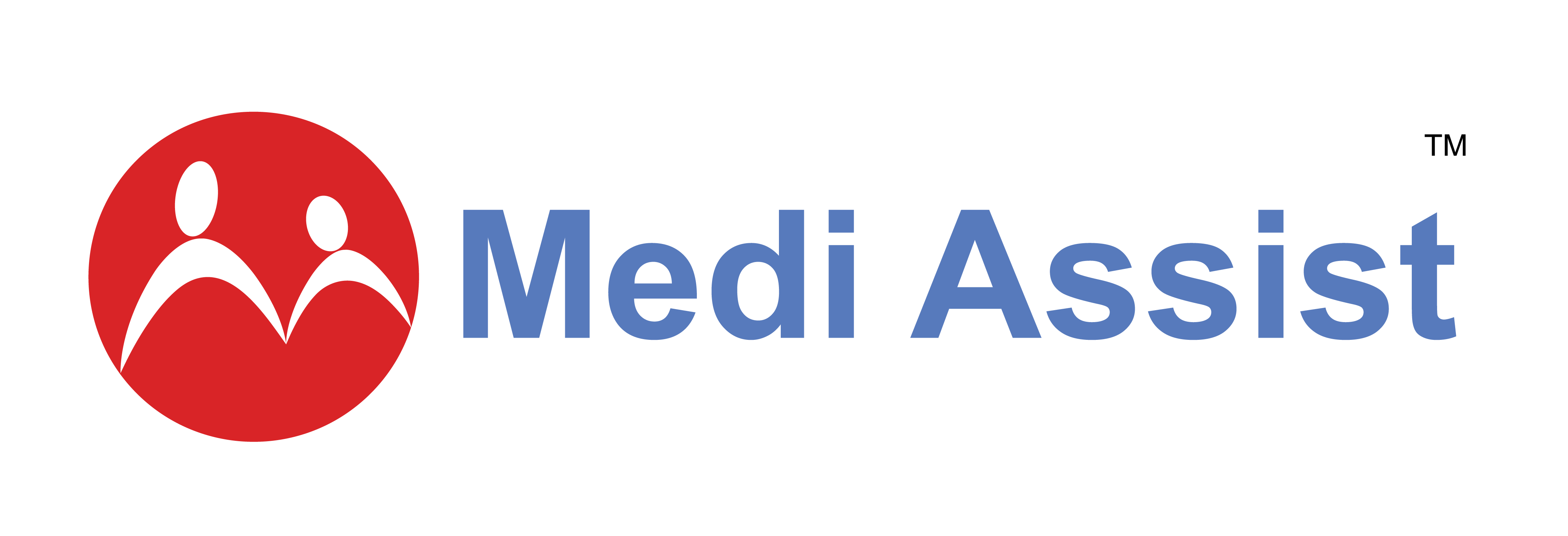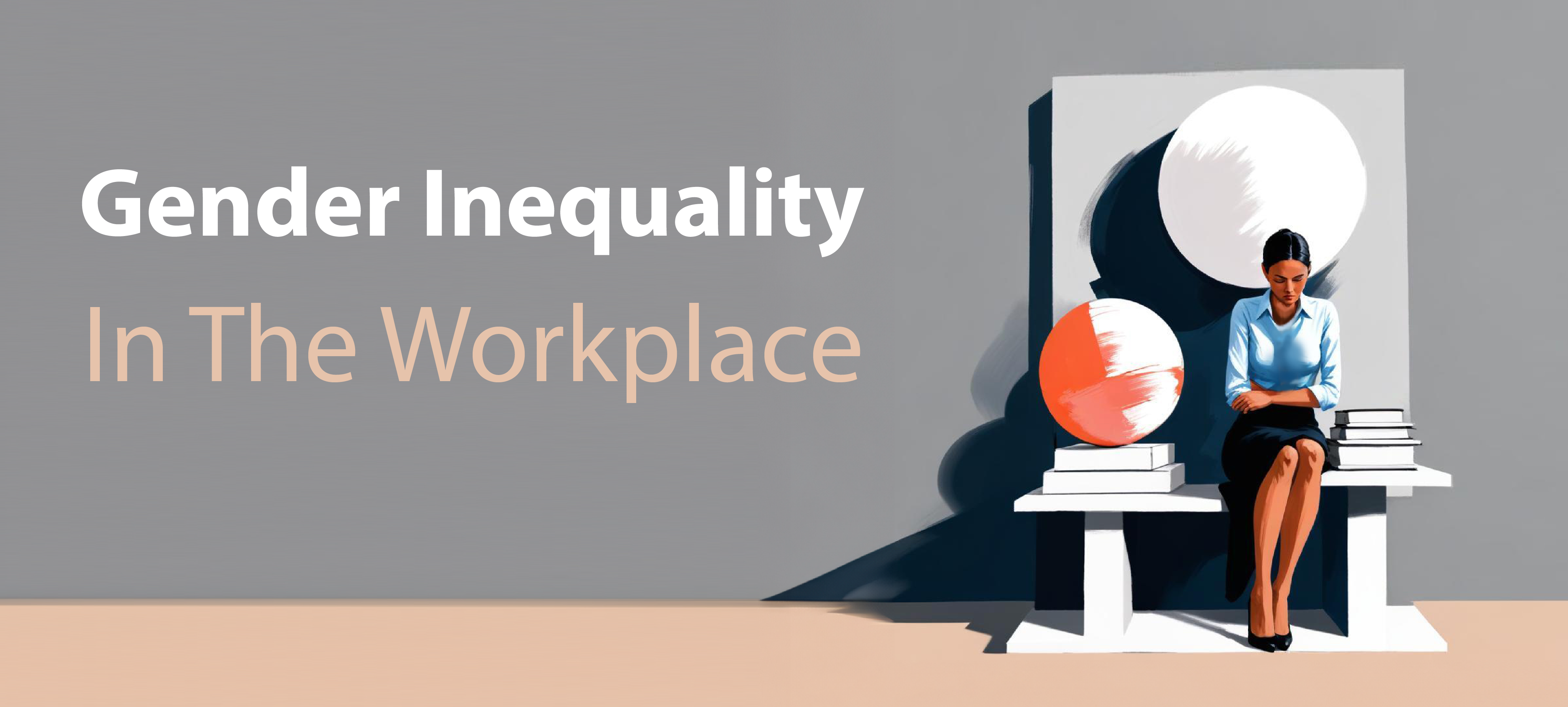Women can find it harder to find a job than men. Besides, socio-economic constraints and the pressure to adhere to traditional gender roles can affect their journey. It can also be tougher for them to sustain one while trying to establish credibility and value in the workplace. Women spend many years building a successful career but often, while crossing significant hurdles, they are faced with ugly trolling that seems to infect workplaces like a rampant virus. If data is to be believed, this is a common scenario across the globe, with little to no respite in the near future.
The problem in question here is gender inequality in the workplace. Workplace sexism translates as pay disparity, gender stereotyping, and challenge-riddled promotions across all industries and businesses. This can affect one’s workspace and the freedom to work with dignity, fairness, and safety, which is crucial for human welfare.
From an economic point of view, closing the gender gap could lead to improved GDP. Women overridden for promotions often get stuck with less compensation, which eventually causes them to change their jobs more often or exit the workforce altogether. Undervaluation is a growth blocker for organizations as they miss out on the ideas and contributions made by women. Over time, this can lead to job dissatisfaction and burnout.
Factors Reflecting Gender Inequality in the Workplace
- Salary disparity: There may be heated debates about the closing of the pay gap, but equity still reels under the glass ceiling. The salary brackets for women are often expected to be lower than their male counterparts and since there are fewer women in leadership roles, the gap widens further up the ladder.
- Lack of leadership presence: Women are less likely to be considered for leadership positions. While 10% of women made it to female leadership in the list of Fortune 500 companies, the rest of the roles remain with men, despite having sufficient data to prove the benefits of having female employees in higher positions
- Gender stereotyping: Gender stereotyping, or making a generalized assumption about a person’s traits, is another common issue many women face in the workplace. Often, a driven woman trying to get work done is called bossy, while a man with the same quality is called a go-getter. Such assumptions undermine a woman’s contribution and often let her go unheard. While accepting the situation makes a woman less competent, fighting it might get her branded as aggressive. Balancing on this tightrope can take its toll.
- Sexual harassment: Sexual harassment is another hurdle many women have to overcome. The #MeToo movement highlights the magnitude of the problem and how intricately woven it is within the work culture, while POSH committees work toward resolving them.
- Elusive work-life balance: Working women often perform more invisible labor such as household chores and childcare. As primary caregivers, they juggle work and home and can face extensive judgment if they are unable to keep up.
Empowering women means enforcing a future of gender equality. It requires a multilevel and multifaceted approach to policy reforms, cultural changes, and education. Companies must regularly evaluate their gender equality initiatives and work toward gathering data to redefine their strategies. Through this, businesses can create an equitable and productive work culture and pave the way for the coming years where gender equality becomes a reality.
-Content partner Happiest Health







